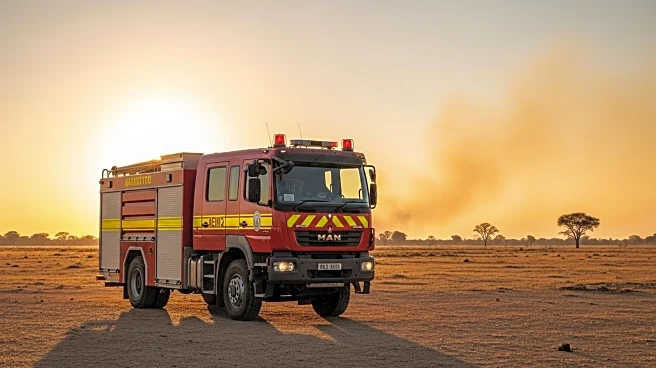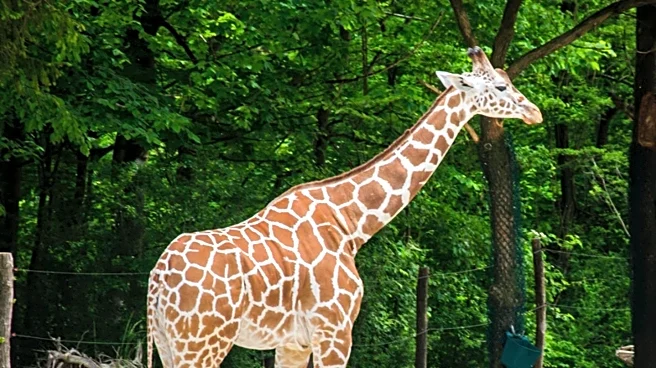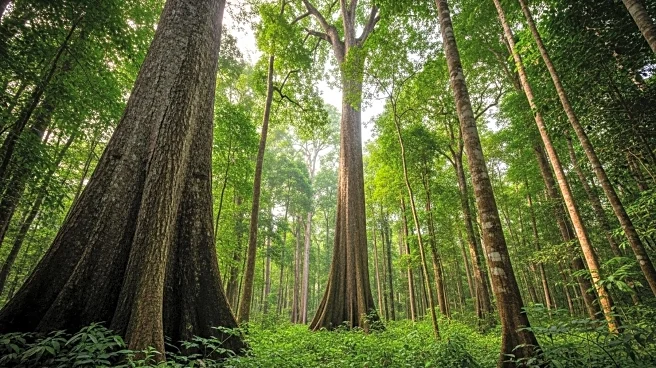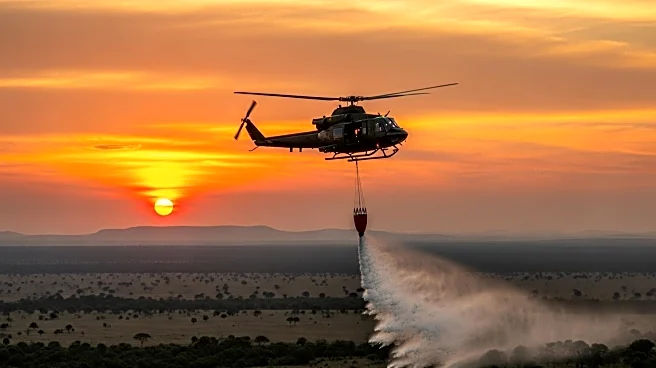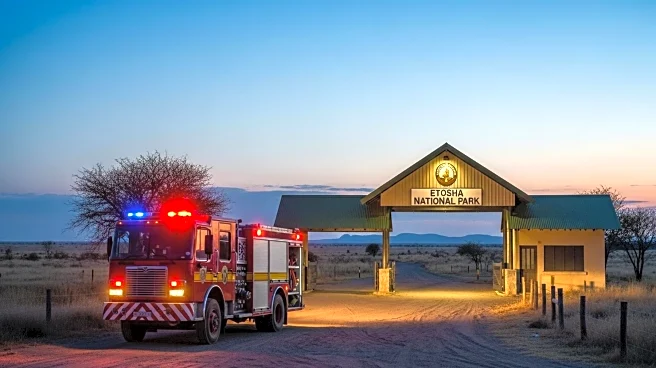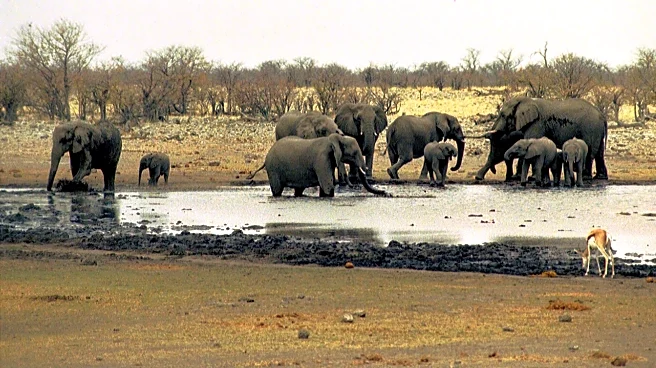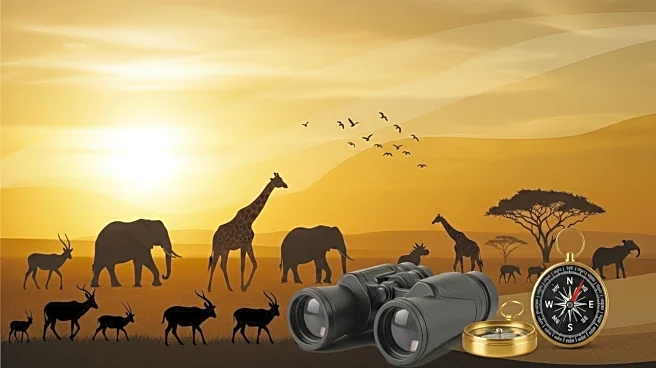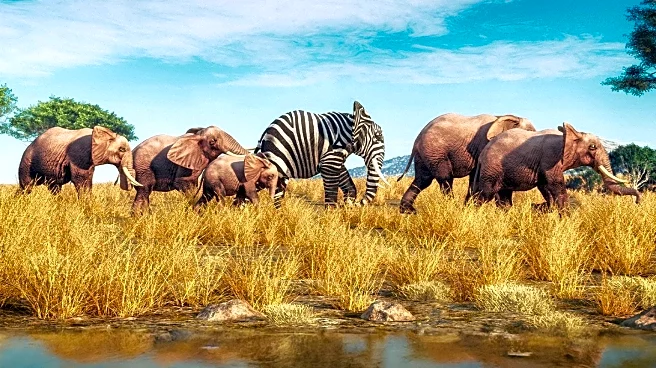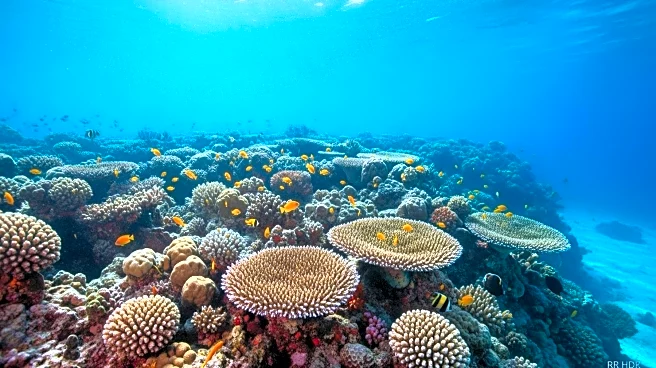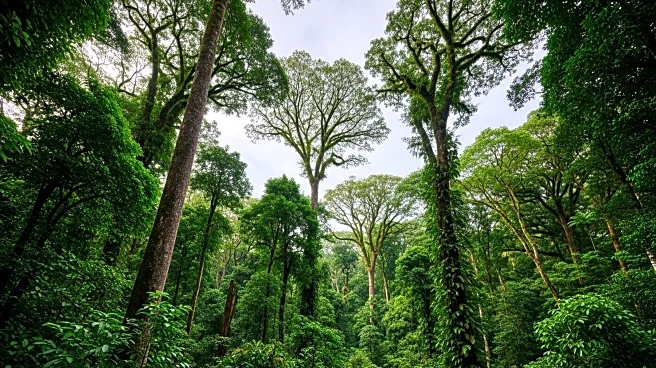What is the story about?
What's Happening?
Namibia has dispatched helicopters and over 500 soldiers to battle a wildfire that has engulfed a third of Etosha National Park, a major tourist attraction known for its salt pans and endangered black rhinos. The fire, which originated from a charcoal production site, has destroyed wildlife habitats and grazing pastures. Strong winds and dry vegetation have exacerbated the situation. The government has faced criticism for its response, with calls for improved long-term fire management strategies. The fire poses a significant threat to biodiversity and local communities, although no human casualties have been reported.
Why It's Important?
The wildfire in Etosha National Park highlights the vulnerability of natural reserves to environmental disasters and the need for effective management strategies. The park is a critical habitat for endangered species and a significant contributor to Namibia's tourism industry. The fire's impact on biodiversity and local livelihoods underscores the importance of addressing climate-related challenges. The government's response and future preparedness will be crucial in mitigating such risks and preserving the park's ecological and economic value.
What's Next?
Namibia will continue to monitor the fire's progression and assess the damage through aerial imagery. The government may need to implement more robust fire prevention and management strategies to protect the park and surrounding areas. The situation could prompt discussions on environmental policy and resource allocation to prevent future incidents. The international community may also offer support in terms of expertise and resources.
AI Generated Content
Do you find this article useful?
